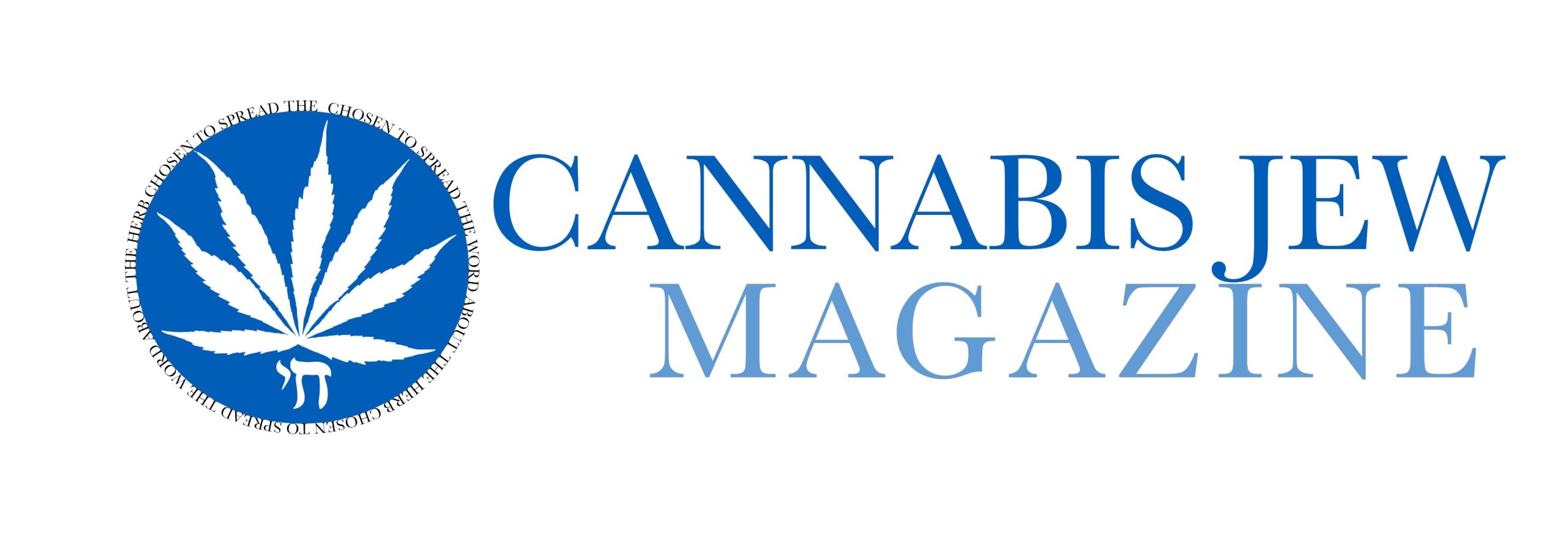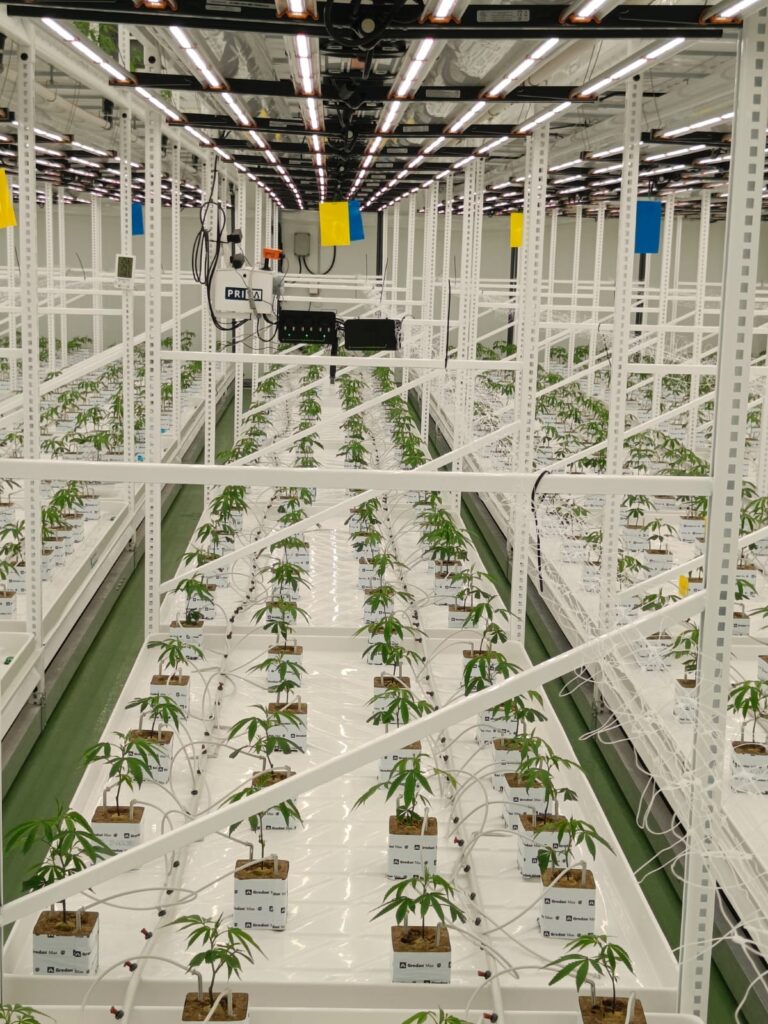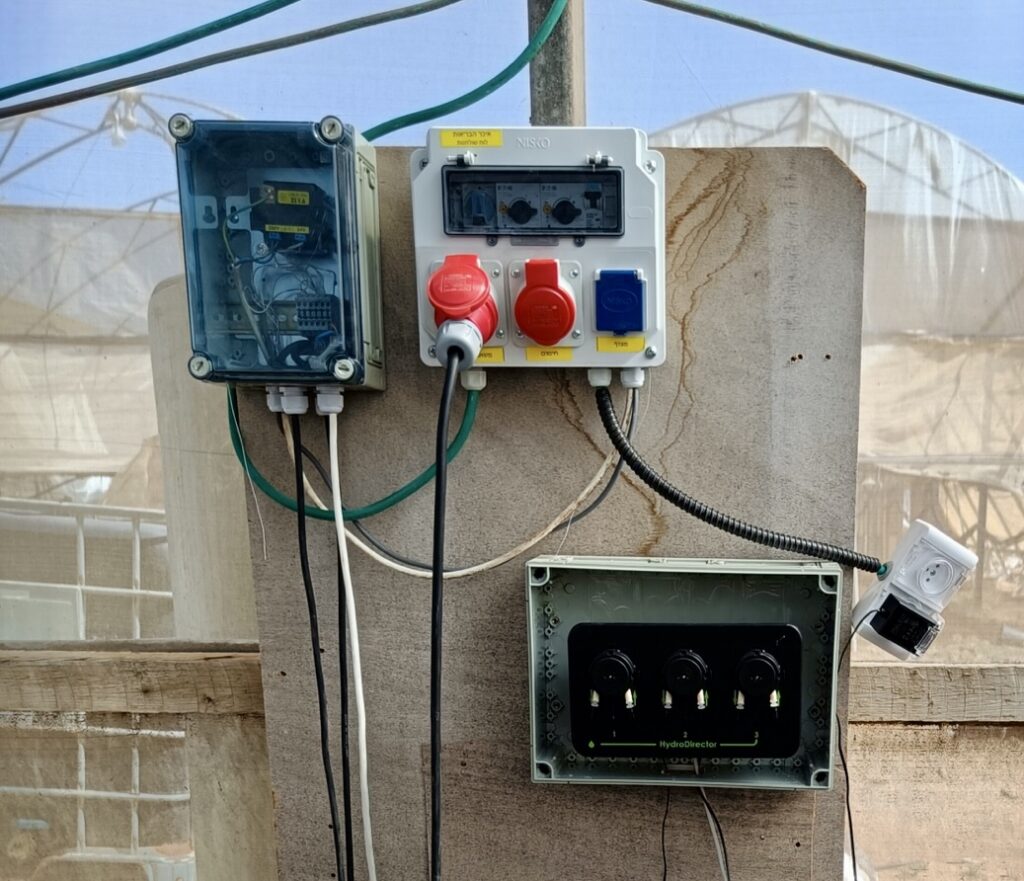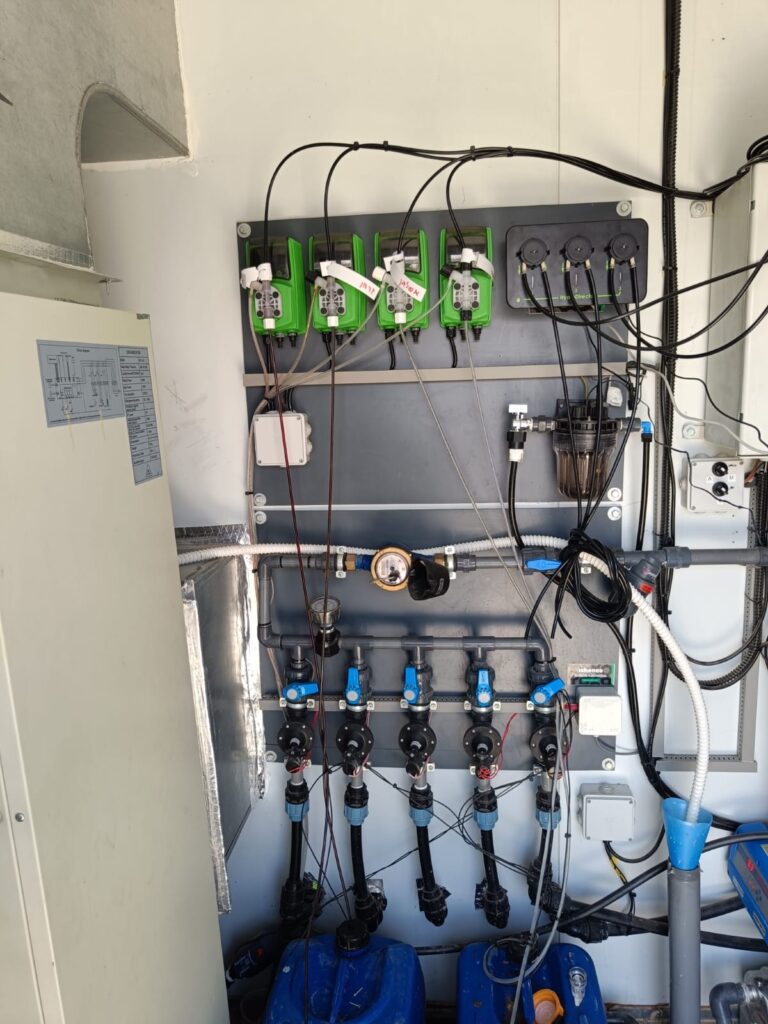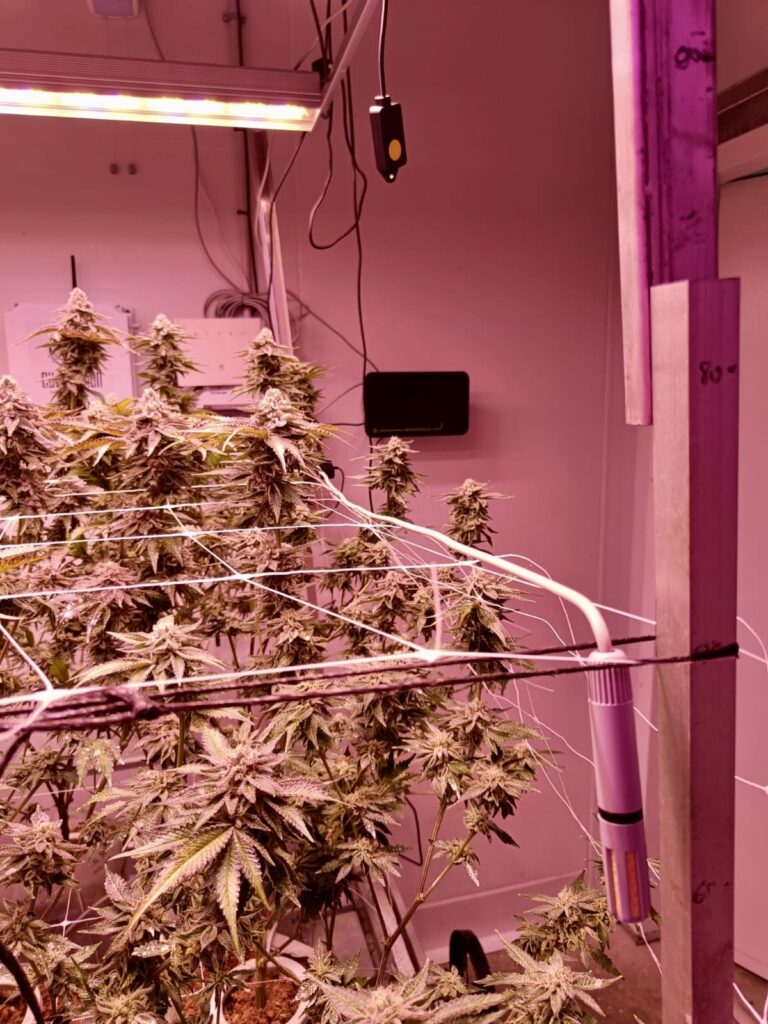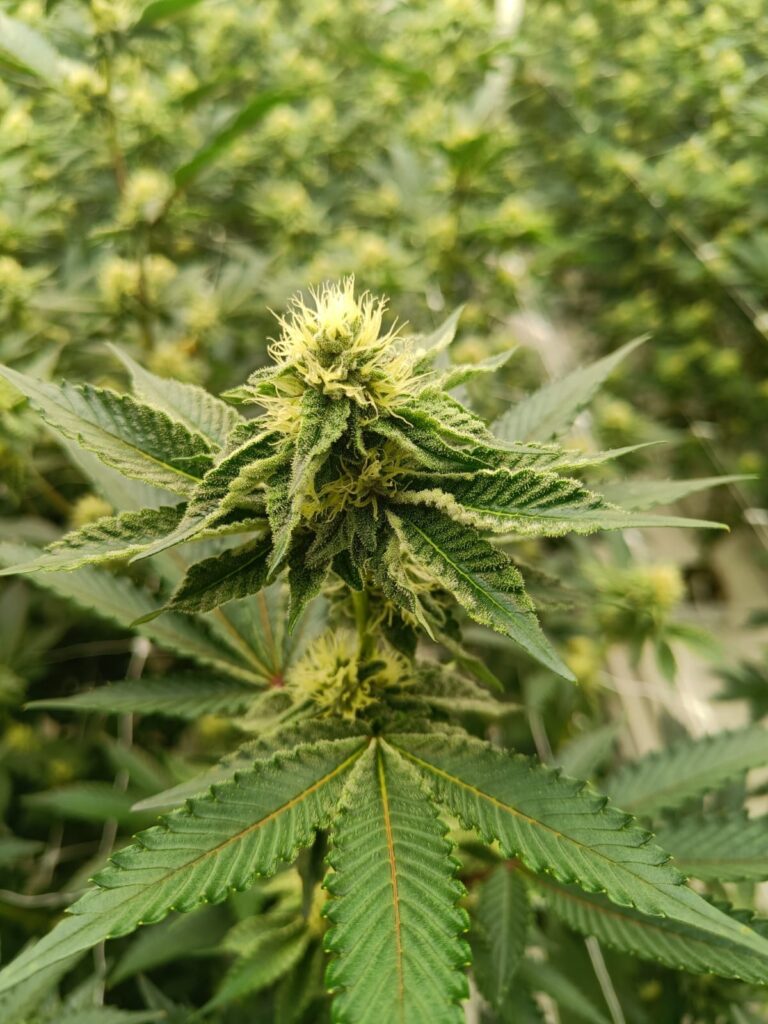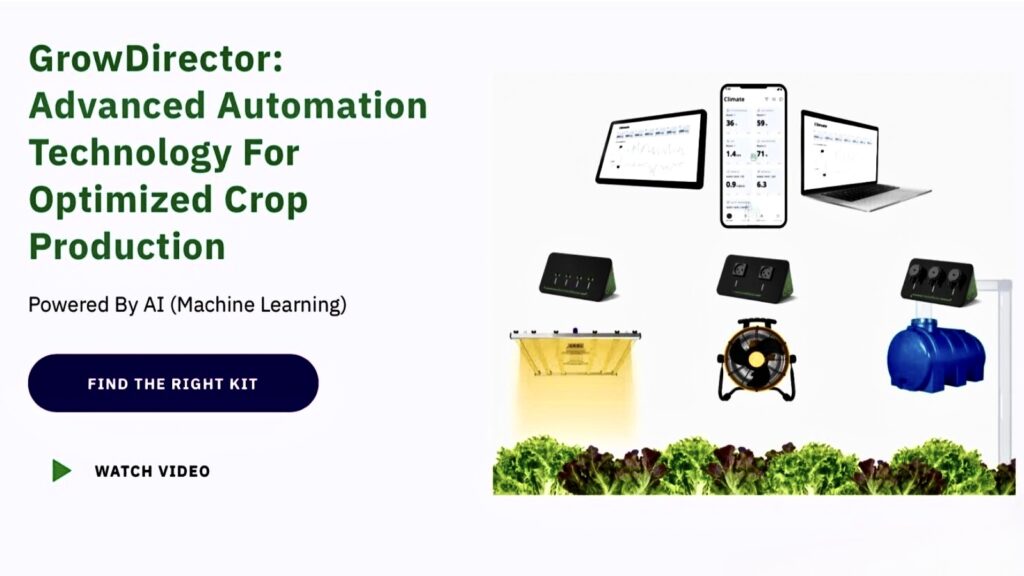I wasn’t a fan of the movie Her (I thought it was boring), and Elon Musk has not reassured me about the use of AI for anything, let alone for help with cultivation and tending to the fussy needs of cannabis.
However, it’s clear that the AI revolution is well on its way, and already changing how we do everything. So I’ve been looking for a way to get over my resistance, and find some application that helps me better appreciate why AI is a good thing, and something I can’t live without (I broke up with Chat GPT a long time ago—too arrogant, long-winded, and trite).
So I was intrigued when I saw an Ad for GrowDirector in my LinkedIn feed that quickly turned into a full blown obsession after I discovered that it’s an Israeli company. For this reason alone I counted it a mitzvah to learn more about the company and open my mind to the promise of AI for the cannabis industry.
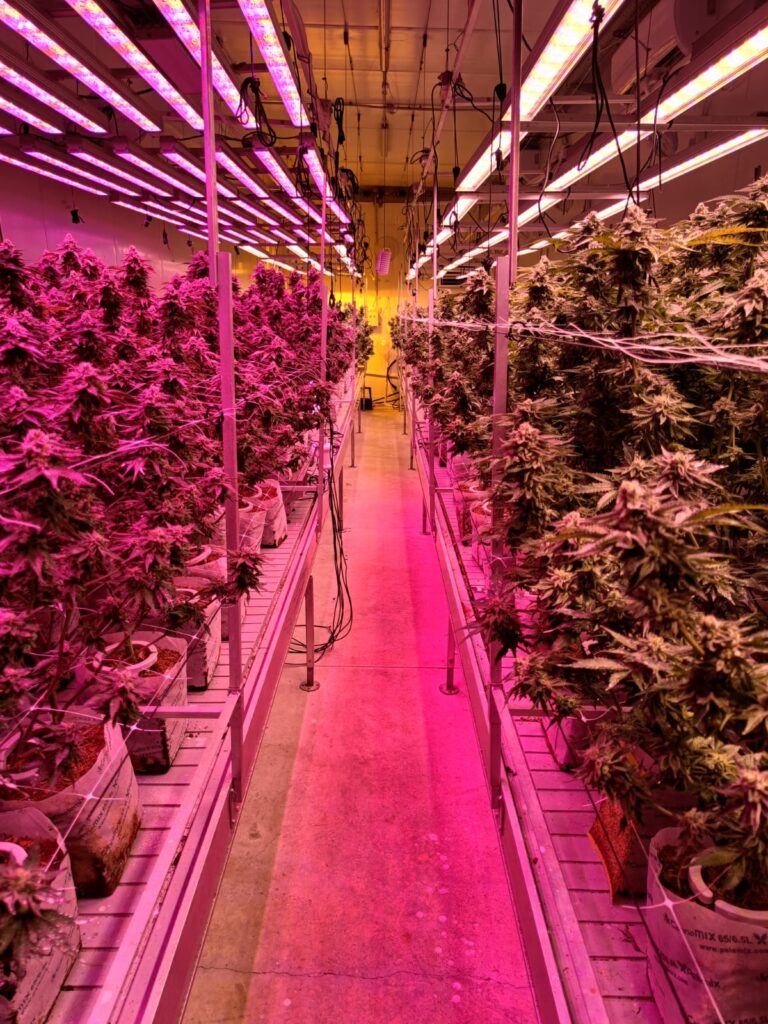
GrowDirector is a compact, scalable and modular system of climate control for indoor horticulture that allows growers to remotely monitor and automate operations in the grow room, as well as ensure environmental stability with a ‘smart’ system that adapts to climate changes as soon as they occur, recorded by sensors connected to the internet that provide real time, cloud-based data 24/7. With its AI driven technology, GrowDirector analyzes these changes to learn how to predict them, optimizing the stability of the environmental conditions it is programmed to sustain.
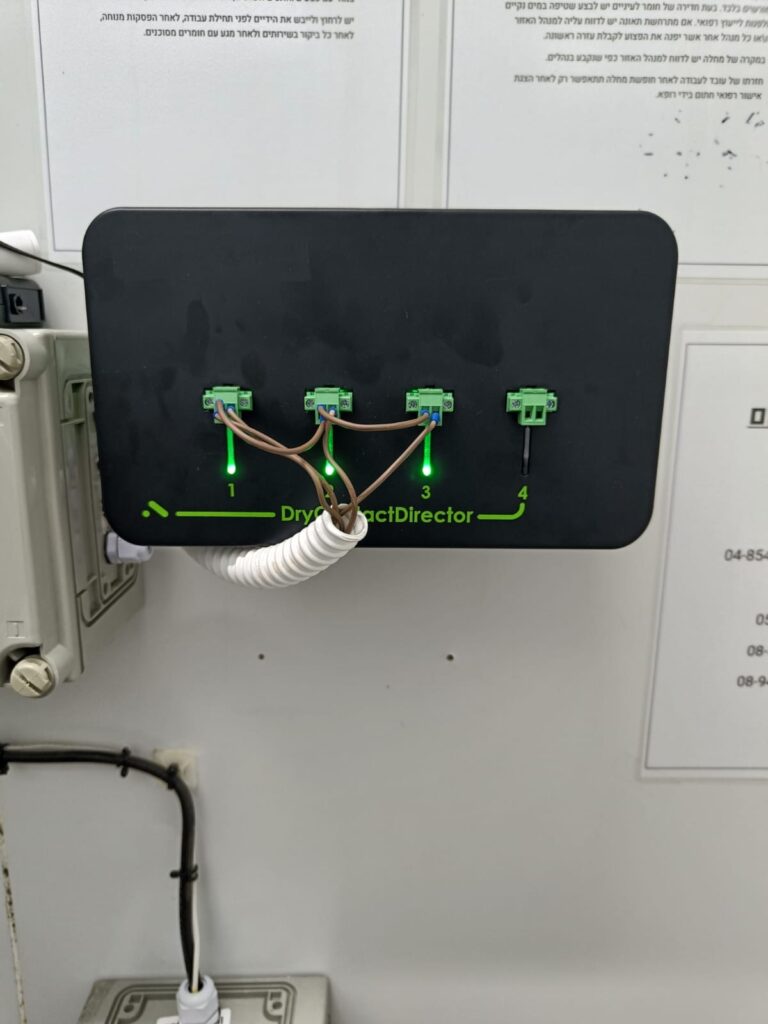
As I was reading about this system that perpetually collects and analyzes environmental data in the grow room to correct for any problems before they occur, I kept thinking about a grower I know who spends most of his time collecting that data himself, and rarely leaves work.
GrowDirector is a different model of AI than anything I’ve ever seen, much easier for me to personify. From an Ashkenazi perspective, GrowDirector is like having your own overachieving, Type-A Jewish woman as your personal assistant, on-call and available 24 hrs. a day to provide all of the data you need and expedite adjustments in nutrient management, irrigation, temperature, or lighting to work with you to optimize the health of your plants.
Every day she’s eager to share precise data from your sensors you can access from anywhere and will send you analytics, insights, alerts and notifications even if you haven’t asked her to (unless you tell her to stop).
Once you’ve connected your lights, fans, pumps, etc. to the platform, you can operate the controls yourself or automate the operations by creating highly customized rules for your AI assistant to follow.
GrowDirector works with environmental sensors (air temperature, humidity, and VPD sensor, LUX, PAR, soil moisture sensor, CO2 meter) and sensors that monitor the water (pH, EC and water temp, DO, ORP) so growers gain real-time access to comprehensive data (I can imagine this grower I know waking up at 3 a.m. just to check in with his plants). Growers also receive alerts as soon as there are pH imbalances or contaminants in the water supply.
I wanted to know more about the software, so I reached out to Noam Dekel, the agronomist at GrowDirector who also provides expert advice and guidance to customers.
Dekel joined GrowDirector after he was thrilled to find that someone had created the Agritech he had always wanted, and had an opportunity to help design it with growers in mind:
“Most of the problems with software companies for Agritech is that while they may have really good data scientists, none of them have growers in mind.
I provided the point of view of the end-user, and ensured that everything on the app was relevant for the grower, our client.
Once we did, the product started selling and now growers are buying our products, and they are having a really good time using them. Even if they are struggling with an issue, they know that they have someone to connect with. There’s always someone at GrowDirector to help them, be there for them, no matter where they live.”
I asked Dekel if he could break down the different components of the system since it was able to perform so many functions at once.
We can divide the system into three different parts, each with a different module. All of the modules are under the one umbrella of a cloud, everything is communicated with the cloud in real time.
The first part, let’s call it the brain. The brain is a module called SensorDirector, connected to all of the climate sensors. It receives all of the information, analyzes it, and reports it back to the cloud, and from the cloud back to the software.
The second part is the heart, the HydroDirector module. It regulates all of the measurements of the liquids to make sure the dose is correct, the pH is correct, the water temperature is correct, and it has three dosing pumps. If there is some inconsistency in the irrigation solution, it’s automatically corrected.
The third part is the nerve system, with 3 modules: SocketDirector, DryContactDirector and DimmerDirector. This is the part responsible for all the other electrical devices. It can control the fans, water pumps, whatever. The DimmerDirector controls LED lights and also provides motor speed control.
The anatomy of GrowDirector helped me realize that there was nothing that could really go wrong because the system is just recording data and responding to changes in the environment to maintain the stability of conditions, save resources and maximize the health of the plants. And it provides data-driven analysis based on measuring the probability of environmental changes in the future.
And for sure GrowDirector changed the way I think about AI from an image of a machine that “takes over,” to an image of a grower (like me) who makes use of machine-learning abilities to provide the data and concise control over every aspect of the grow—from lighting to sensors to irrigation—to make better decisions, get a better yield, and take a break on the weekends.
